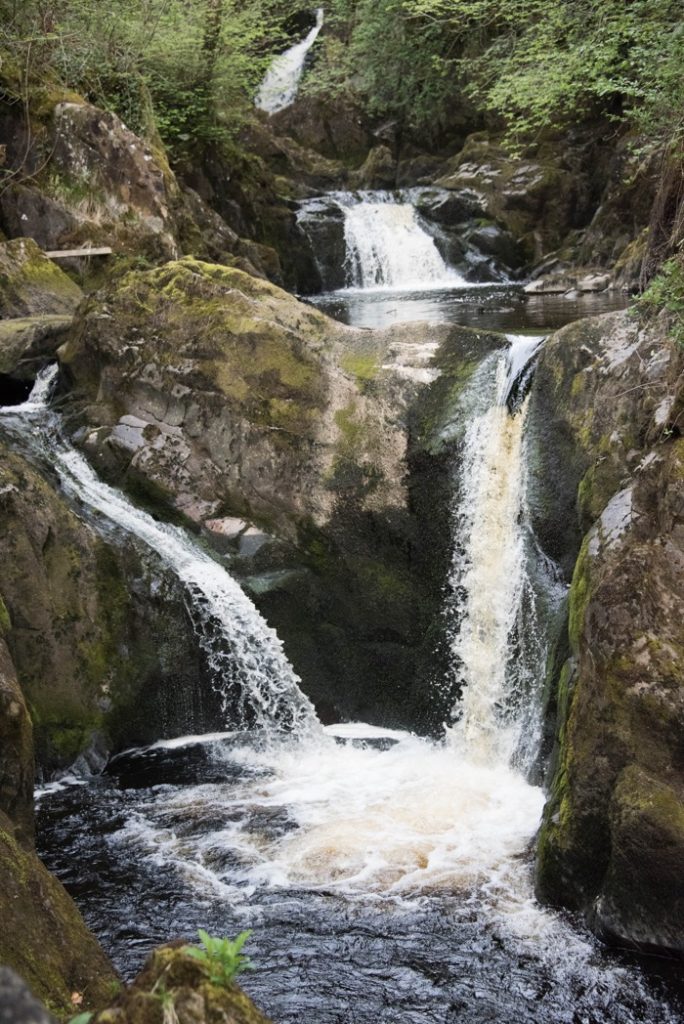
By: The Posts Author | Posted on: 12 Feb 21
I’ve been meaning to start a series of posts looking at ideas of flow as they relate to sense-making and that idea has morphed (sic) into creating a series of posts looking at geomorphology as a metaphor, and exemplar in the field. As I started to map that out I realised that was a severe danger of two many ‘-ologies’ in the titles so I settled on Geomorph as the series title. That comes from the Greek for earth and form missing the lógos or study element of the word. Geomorphology is the study of landscapes and how they are impacted
I’ve been meaning to start a series of posts looking at ideas of flow as they relate to sense-making and that idea has morphed (sic) into creating a series of posts looking at geomorphology as a metaphor, and exemplar in the field. As I started to map that out I realised that was a severe danger of two many ‘-ologies’

By: The Posts Author | Posted on: 6 Feb 21
Things are building nicely for our Exploratory next week looking at the connections between sense-making, complexity, and network theory. It starts next week and runs through to the 10th March which will a lot of time for discussion and thinking. As a part of the preparation, Valdis and I have been exchanging a series of blog posts and you can navigate to them here if interested. The last post was by Valdis and this post is stimulated by that and is in part a response to it. He and I have a common concern with the over-focus on individuals
Things are building nicely for our Exploratory next week looking at the connections between sense-making, complexity, and network theory. It starts next week and runs through to the 10th March which will a lot of time for discussion and thinking. As a part of the preparation, Valdis and I have been exchanging a series of blog posts and you

By: The Posts Author | Posted on: 1 Feb 21
There are two major forms of stupidity on the various debates that sprint on social media from time to time. The first is the assertion that because complex systems have no linear material causality that all forms of root cause analysis should be abandoned. the second is to assert that root cause analysis (RCA) is sufficient unto the day and will actually discover ‘causes’ in such a way as to prevent future failure. There is a variant on the second of these which insists that if you can’t prevent failure it is a result of a failure to implement proper
There are two major forms of stupidity on the various debates that sprint on social media from time to time. The first is the assertion that because complex systems have no linear material causality that all forms of root cause analysis should be abandoned. the second is to assert that root cause analysis (RCA) is sufficient unto the day and

By: The Posts Author | Posted on: 31 Jan 21
A little over two months ago I wrote a post summarising the previous year’s blog posts. This proved useful to several readers but also to me and so I resolved to timetable a similar task every couple of months. I’m back to my normal pace of writing 5/6 times a week hence not waiting a full calendar year this time. Aside from the St David’s Day update on Cynefin was able to link to my Christmas blog post series on sacred places and pick up some themes namely Leadership, Method development, Flexuous Curves, Narrative, and the wider field of Aesthetics,
A little over two months ago I wrote a post summarising the previous year’s blog posts. This proved useful to several readers but also to me and so I resolved to timetable a similar task every couple of months. I’m back to my normal pace of writing 5/6 times a week hence not waiting a full calendar year this time.
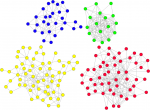
By: The Posts Author | Posted on: 31 Jan 21
It is funny, when we think about networks, we think about groups, communities, systems, and other complex collections of interacting entities. Yet, the most popular social network metrics are “individual centralities”! Who is the most connected? Who is the best connected? Who is the hub? Who is the influencer? Who spans the most structural holes in the network? We are looking at complex interconnected systems yet we are focusing on individuals. Does this make sense? People playing key roles in organizations and communities are important, but not for what they do for themselves! They are important for how they weave
It is funny, when we think about networks, we think about groups, communities, systems, and other complex collections of interacting entities. Yet, the most popular social network metrics are “individual centralities”! Who is the most connected? Who is the best connected? Who is the hub? Who is the influencer? Who spans the most structural holes in the network? We are
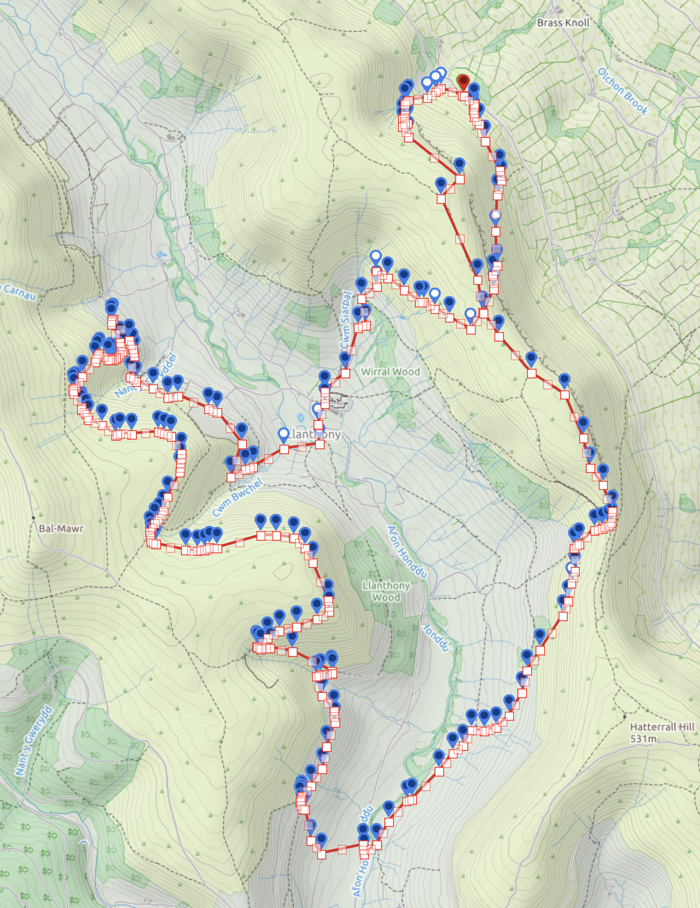
By: The Posts Author | Posted on: 30 Jan 21
This is not the second part of the re-wilding post, but a building block towards it. It addresses the issue of organisational change using, in the main, a mapping and navigation metaphor. Earlier today Paul and I were exchanging ideas for a walk in the Black Mountains using .gpx files. I work with ViewRanger as it has more flexibility over the maps you use (so Harvey’s maps as well as OS ones not to mention their own topographical map used here) whereas Paul remains stubbornly comfortable living within the constraints of the Ordinance Survey Application. Disputes on maps accompany us on walks,
This is not the second part of the re-wilding post, but a building block towards it. It addresses the issue of organisational change using, in the main, a mapping and navigation metaphor. Earlier today Paul and I were exchanging ideas for a walk in the Black Mountains using .gpx files. I work with ViewRanger as it has more flexibility over the maps

By: The Posts Author | Posted on: 29 Jan 21
I’ve given a fair number of talks over the last year around the general theme of Rewilding Agile. And while this post is going to start with the Agile movement which is hitting its twentieth anniversary shortly, the post has much wider applicability which I will develop shortly. This is also the first of two posts on the subject, today setting context, tomorrow looking at how we can frame situations in ways that respect the ecological nature of our existence and co-dependencies and shift us away from the dominance of an engineering paradigm. After that second post, we will be at
I’ve given a fair number of talks over the last year around the general theme of Rewilding Agile. And while this post is going to start with the Agile movement which is hitting its twentieth anniversary shortly, the post has much wider applicability which I will develop shortly. This is also the first of two posts on the subject, today setting

By: The Posts Author | Posted on: 27 Jan 21
For those who don’t know Wikipedia is twenty years old tomorrow. It started in 2001 and I became an active editor five years later, User ID 1,988,889 which is the year it celebrated its millionth article and it is now well over fifty million. I’ve got a little obsessed by the thing and have now edited 3,825 pages and averaged seven edits a day. I’ve been subject to two Arbcom reviews of my conduct and the difference between the two is interesting. I’ve had the two articles about me trolled in various ways over the year and learned an awful
For those who don’t know Wikipedia is twenty years old tomorrow. It started in 2001 and I became an active editor five years later, User ID 1,988,889 which is the year it celebrated its millionth article and it is now well over fifty million. I’ve got a little obsessed by the thing and have now edited 3,825 pages and averaged seven
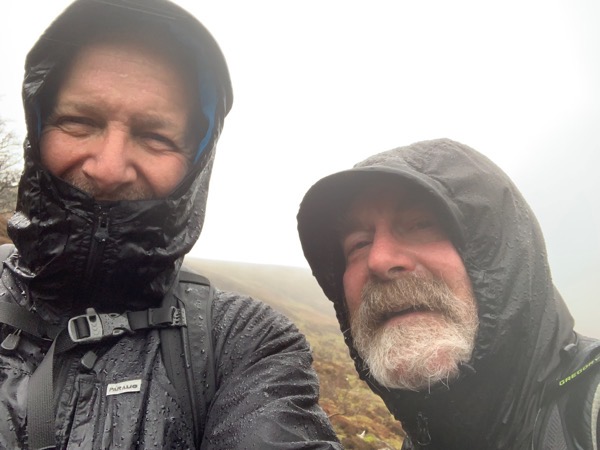
By: The Posts Author | Posted on: 23 Jan 21
This is a two-part post. Today I want to establish the context by talking about comfort and related factors such as resilience in the context of walking in good and bad weather conditions. Tomorrow I will extend that learning into an update of how I see resilience from a sense-making perspective, pulling together material from scattered posts over the last decade. So this post is more anecdotal, with some key lessons, tomorrows more structured and generic in nature. The most controversial aspect of the discussion in most online hiking groups is the question of what gear to buy. Ask for
This is a two-part post. Today I want to establish the context by talking about comfort and related factors such as resilience in the context of walking in good and bad weather conditions. Tomorrow I will extend that learning into an update of how I see resilience from a sense-making perspective, pulling together material from scattered posts over the last
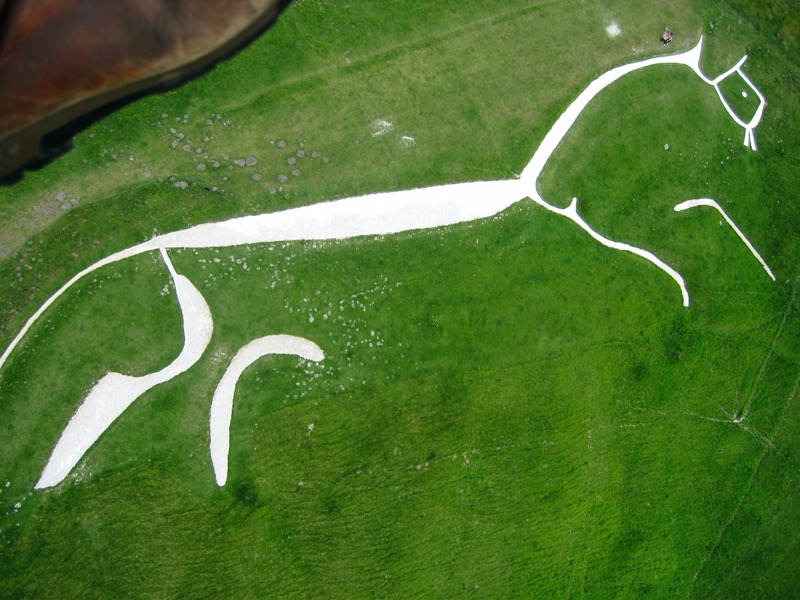
By: The Posts Author | Posted on: 22 Jan 21
Two days ago I wrote a post that looked at what leadership theory is not indulging my love of language to introduce the word apophatic to a wider audience. Today I want to look at the more positive aspects, the positive things we can say, and do, hence the word kataphatic. But in simple form the last post was what not to do, this post is what to do. Last time I also chose an image of a static hill fort as the banner, this time something more fluid as understanding leadership is all about constant change with occasional eddy currents and
Two days ago I wrote a post that looked at what leadership theory is not indulging my love of language to introduce the word apophatic to a wider audience. Today I want to look at the more positive aspects, the positive things we can say, and do, hence the word kataphatic. But in simple form the last post was what not to







